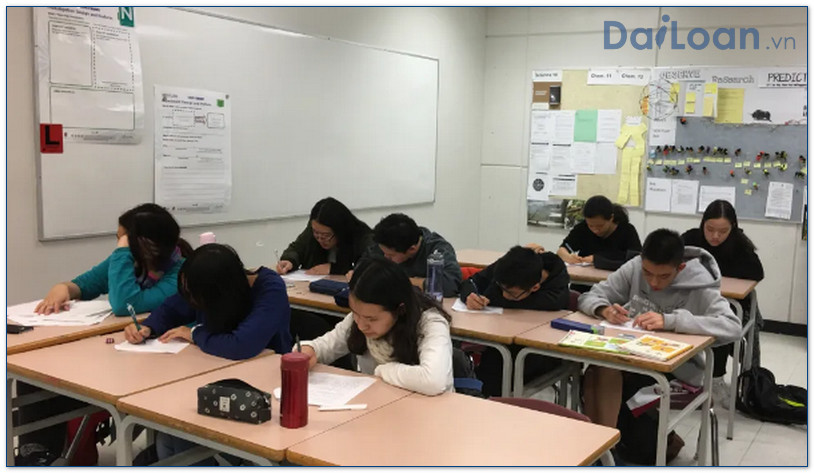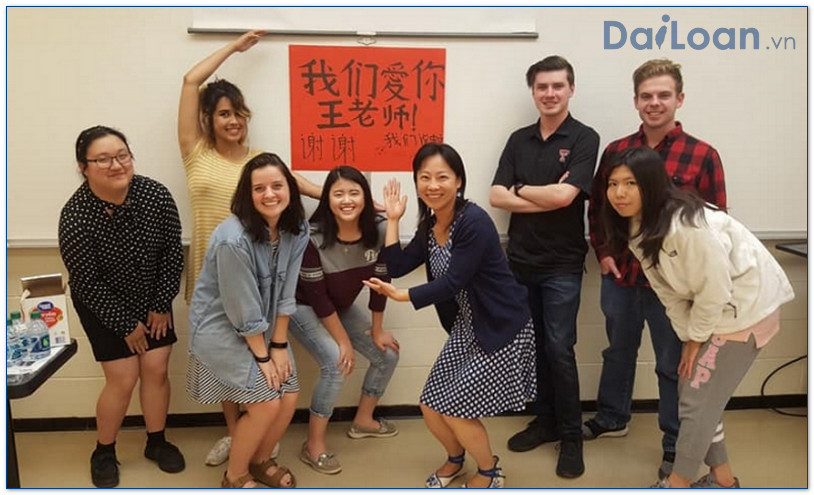As a crucial aspect of the Chinese language, the term 體態 (tǐ tài) encompasses not just its literal meaning but also its grammatical structure and application in everyday language. In this article, we will dive deep into the meaning of 體態, examine its grammatical structure, and provide illustrative examples to enhance your understanding.
What is 體態 (tǐ tài)?
The term 體態 (tǐ tài) primarily translates to “body posture” or “physical appearance.” It refers to the way a person carries their body, including their posture, body language, and overall physicality. In various contexts, 體態 can convey emotions, personality traits, or even cultural norms related to physical expression.
Grammatical Structure of 體態
In the Chinese language, 體態 consists of two characters: 體 (tǐ) and 態 (tài).
1. The Character 體 (tǐ)
The character 體 (tǐ) translates to “body” or “form.” It signifies the physical aspect of someone or something, emphasizing the essence of a physical presence in relation to conditions and actions.
2. The Character 態 (tài)
The character 態 (tài) translates to “state” or “condition.” It conveys the idea of the current state of being or the manner in which something is presented. Together with 體, it embodies the concept of the body’s state or posture.
3. Combined Meaning
When used together, 體態 (tǐ tài) encapsulates the essence of physical presence, referring specifically to how one’s body is positioned or expressed in a given context. This can extend beyond mere physical posture to encompass the broader notion of how individuals present themselves in social situations.
Example Sentences Using 體態
To illustrate the usage of 體態 in context, here are some example sentences:
1. Expressing Physical Posture
她的體態非常優雅,看起來像模特兒。 (Tā de tǐ tài fēicháng yōuyǎ, kàn qǐlái xiàng mǒtè ér.)
Translation: Her posture is very elegant; she looks like a model.
2. Discussing Body Language
在面試中,良好的體態會給人留下好的印象。 (Zài miànshì zhōng, liánghǎo de tǐ tài huì gěi rén liúxià hǎo de yìnxiàng.)
Translation: Good posture during an interview leaves a positive impression.
3. Describing Cultural Norms
在不同文化中,體態的意義可能有所不同。 (Zài bùtóng wénhuà zhōng, tǐ tài de yìyì kěnéng yǒu suǒ bùtóng.)
Translation: The meaning of body posture may vary across different cultures.
Conclusion
In summary, understanding 體態 (tǐ tài) is essential for grasping the nuances of body language and physical expression in Chinese culture. Its meaning goes beyond mere physical posture, encompassing emotions and cultural implications that can influence social interactions. By mastering the grammatical structure and application of 體態, learners can enhance their language skills and deepen their cultural comprehension.

Sứ mệnh của Chuyên là giúp đỡ và truyền cảm hứng cho các bạn trẻ Việt Nam sang Đài Loan học tập, sinh sống và làm việc. Là cầu nối để lan tỏa giá trị tinh hoa nguồn nhân lực Việt Nam đến với Đài Loan và trên toàn cầu.
CÓ THỂ BẠN QUAN TÂM
Du học Đài Loan
Lao Động Đài Loan
Việc Làm Đài Loan
Đơn Hàng Đài Loan
Visa Đài Loan
Du Lịch Đài Loan
Tiếng Đài Loan
KẾT NỐI VỚI CHUYÊN
Zalo: https://zalo.me/0936126566
Website: www.dailoan.vn




